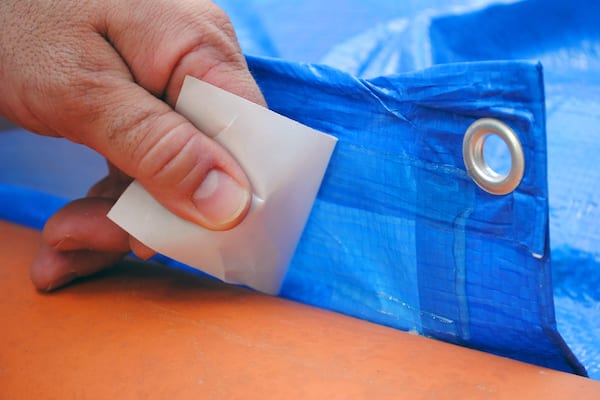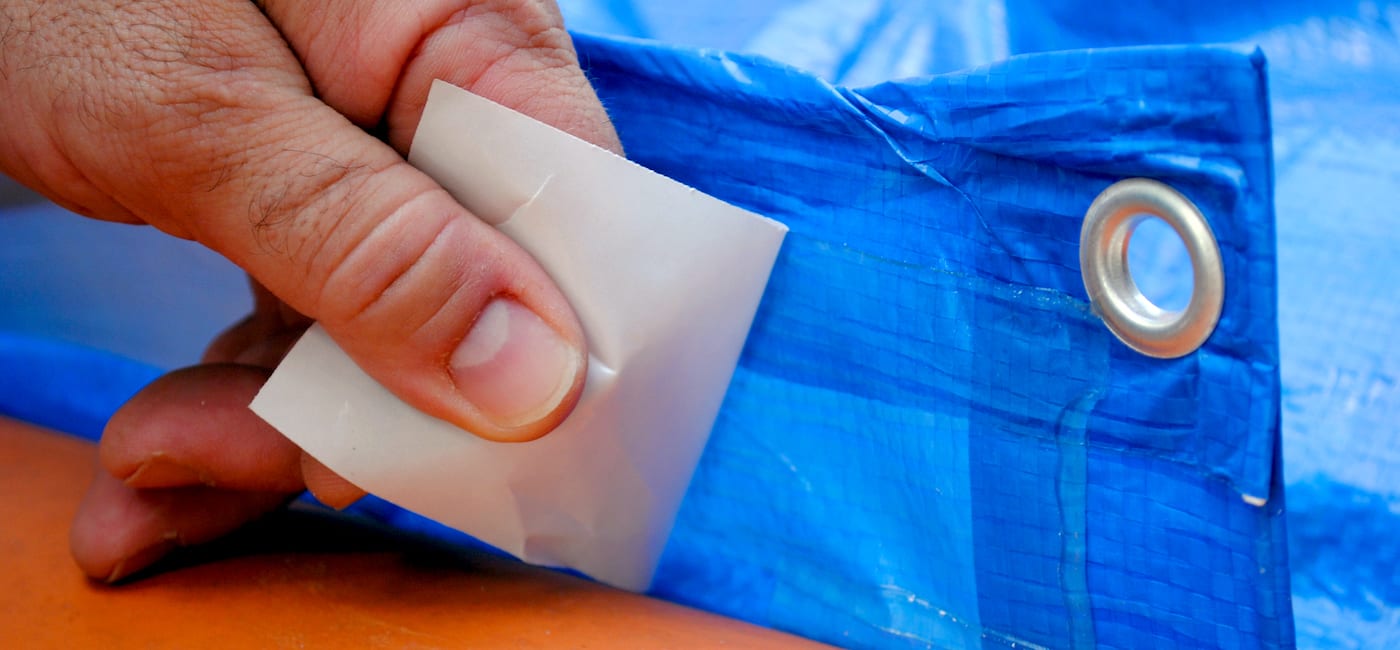Easy & Effective
Protection for Your Property

Testing

Installation

FAQs

Buy UTARPit™ Today
About UTARPit™
Is your property suffering from leaks, wind, or rain? There's an easy solution - UTARPit™! Our simple and effective roof leak covers provide proven coverage and protection. UTARPit™ is nail-free, easy to install, and widely available online at Home Depot, Lowe’s Home Improvement and Amazon. These self-adhesive roof tarps are perfect for just about any type of roofing material, and delivers exceptional protection from even hurricane-force wind and rain for three to six months depending on the severity of weather conditions.
UTARPit™ is a self-adhesive water mitigation roof tarp which has been tested to sustain hurricane winds of 110 mph and 8.8 inches per hour of wind-driven rain without releasing from your roof.
Why Us?
UTARPit™ is an innovative self-adhesive water mitigation tarp with a peel-away strip that eliminates the need for hammers, nails, wood strips, bricks and sandbags! No need to further damage your property while waiting for the roofer.
-
Easy Installation
Quick, easy and cost-effective solution to mitigating roof damage. UTARPit™ can often be installed by one person in 15-20 minutes.
-
Patented Protection
UTARPit™ adheres to many roof types including clay tile, concrete, asphalt shingle, slate, fiberglass, and metal.
-
Tested to 110 MPH Winds
UTARPit™ has been tested and certified to sustain up to 110 mph winds and 8.8 inches of rain per hour without fail.
-
Satisfaction Guaranteed
Our product is made in USA of U.S. and imported parts and we take pride in providing only the highest quality materials and standards in the market.

Why Our Customers Love Us!
"I love this tarp because you don't have to use nails! My roof has one small spot that leaks and this tarp is going to keep things dry until the contractor comes to fix it. It has a really wide very sticky border that sticks very well. I like that it sticks all around because it seals the area off, whereas if you had to use nails, water could stll run underneath. I am not the one who went up on the roof but the man who did said it would hold well on many different types of materials. He is just as impressed as me... Made in the USA which is a wonderful thing. I do recommend this tarp."
"My workshop behind my house has been damaged 3 times due to tornados and straight winds. I have repaired it twice. After the third time I used this tarp. It is very good with the way the adhesive is designed to hold the tarp on the roof. I tested it after I installed and no leaks. Checked the security of the tarp after soaking it down. Still secure and no areas breached for water to get underneath it. The material weave is designed that no moisture penetrates the product. May wait till Fall to replace the roof. This is just as secure and leakproof as having one in place already. Great product!"
"I just finished roofing a 20' x 25' car port. It took me two days to complete and this tarp was an over night life saver. I completed the tear-off and shingled about a third of the roof when it became too dark to continue. There was no rain predicted for that evening but I decided to cover the roof just in case. The tarp went on easily and the adhesive edges stuck well to the plywood sheathing but I added a few staples for my peace of mind. It rained. The next morning, upon inspection, the tarp hadn't moved and everything remained dry. An excellent product that I highly recommend."









